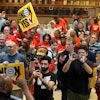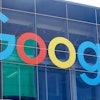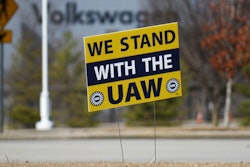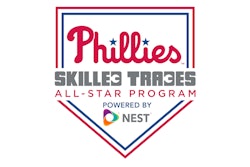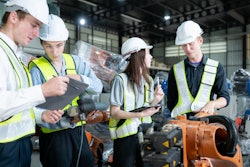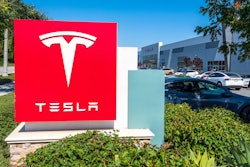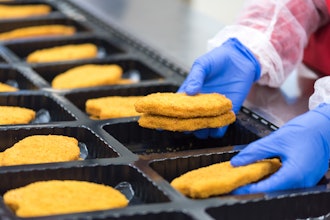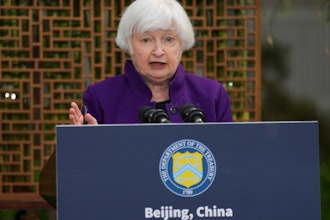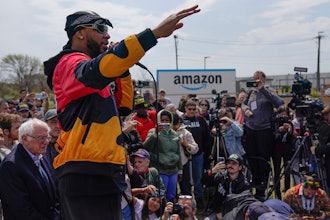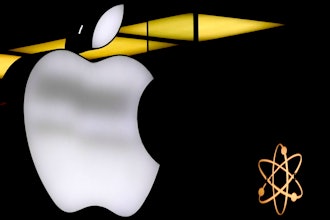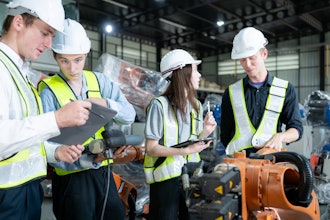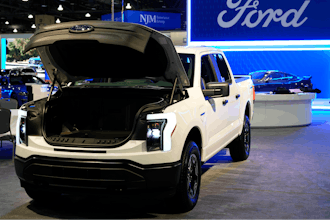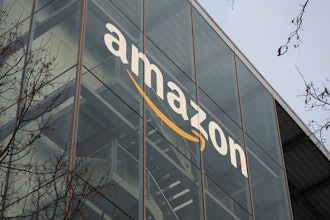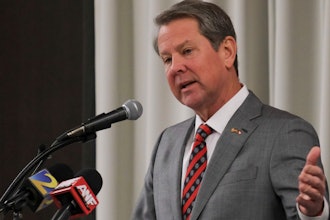Federal safety investigators have booted electric car maker Tesla Inc. from the group investigating a fatal crash in California that involved an SUV operating with the company's Autopilot system.
The National Transportation Safety Board said Thursday it removed Tesla as a party to the investigation after the company prematurely made information public.
"Tesla violated the party agreement by releasing investigative information before it was vetted and confirmed by the NTSB," the agency said in a statement. "Such releases of incomplete information often lead to speculation and incorrect assumptions about the probable cause of a crash."
Removing a party to an investigation is rare but has happened in the past, according to the agency. Companies and other organizations can become parties in a probe because they can give technical help and share sensitive information.
A Tesla spokeswoman had no immediate comment.
The move apparently means that the NTSB and Tesla will no longer share information about the March 23 crash of a Tesla Model X SUV on U.S. 101 near Mountain View in Silicon Valley. The driver, Walter Huang, 38, a software engineer for Apple, was killed in the crash.
In a statement on March 30, Tesla confirmed that the semi-autonomous Autopilot system was operating at the time of the crash and seemed to blame the crash on Huang. The company said Huang didn't have his hands on the steering wheel for six seconds before the impact and also received several warnings from the vehicle.
Shortly after Tesla released the information, NTSB spokesman Christopher O'Neil said the agency was "unhappy" about the disclosure.
Tesla tells drivers that its Autopilot system, which uses cameras, radar and computers to keep speed, change lanes, self-park and automatically stop vehicles, requires drivers to keep their eyes on the road and hands on the wheel in order to take control to avoid accidents.
The Palo Alto, California, company said its vehicle logs showed Huang took no action to stop the Model X from crashing into a concrete lane divider. Photographs of the SUV show that the front of the vehicle was demolished; its hood was ripped off; and its front wheels were scattered on the freeway.
The vehicle also caught fire, though Tesla said no one was in the vehicle when that happened. The company said the crash was made worse by a missing or damaged safety shield on the end of the lane divider that is supposed to help shield cars from any impact.
The NTSB, along with the National Highway Traffic Safety Administration, are looking into the crash, as well as another Tesla crash in January near Los Angeles in which a Model S sedan smashed into a fire truck parked on a freeway.
Tesla would not say whether the Model S in that crash was operating on Autopilot.
In the crash that killed Huang, a Tesla spokeswoman would not directly answer questions about why the SUV didn't spot the barrier and stop before the collision.
The spokeswoman referred to a statement saying that Tesla owner's manuals have warnings and notifications stating that a driver should not depend on the car's autosteer system to pick the right driving path. It also says automatic emergency braking "is not designed to avoid a collision and is not a substitute for maintaining a safe traveling distance between you and the vehicle in front of you."

